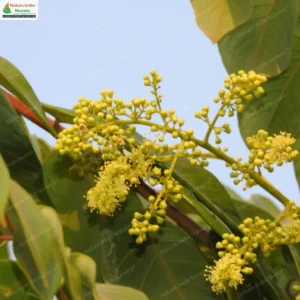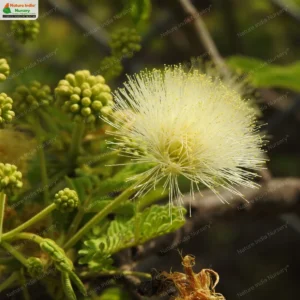Meliosma pinnata subsp. pinnata is a deciduous tree that can grow up to 18 meters tall. The tree is native to the Indian subcontinent, including regions such as Assam, Bangladesh, East Himalaya, and Tibet, as well as northern Myanmar. It has a brownish, lenticellate bark with a pink blaze and orange speckles. The leaves are compound, imparipinnate, and alternate, with 3-7 pairs of leaflets and one terminal leaflet.
The tree plays an important ecological role in maintaining biodiversity in medium and high elevation evergreen forests between 800 and 1800 meters. Its greenish flowers attract various pollinators, and its drupes provide food for some bird species. While its timber is not commonly used for commercial purposes, the tree’s environmental benefits make it a valuable resource for reforestation and maintaining ecological balance in its native regions.
Habitat
Meliosma pinnata subsp. pinnata is native to the Indian subcontinent, including regions such as Assam, Bangladesh, East Himalaya, and Tibet, as well as northern Myanmar.
Planting and Care
-
Propagation Methods: Can be propagated from seeds or cuttings.
-
Soil Preference: Prefers well-drained soil and full sunlight.
-
Soil Tolerance: Tolerates a range of soil types.
-
Drought Tolerance: Drought-tolerant once established.
-
Maintenance: Requires minimal care with regular watering and occasional pruning.
Additional Information
-
Wildlife Significance: The greenish flowers attract various pollinators, and the drupes provide food for some bird species. The tree plays an important ecological role in maintaining biodiversity in medium and high elevation evergreen forests.
-
Economic Significance: The wood is soft and not commonly used for commercial purposes. The tree is primarily valued for its ecological role rather than economic value. However, it contributes to reforestation and maintaining ecological balance in its native regions.




